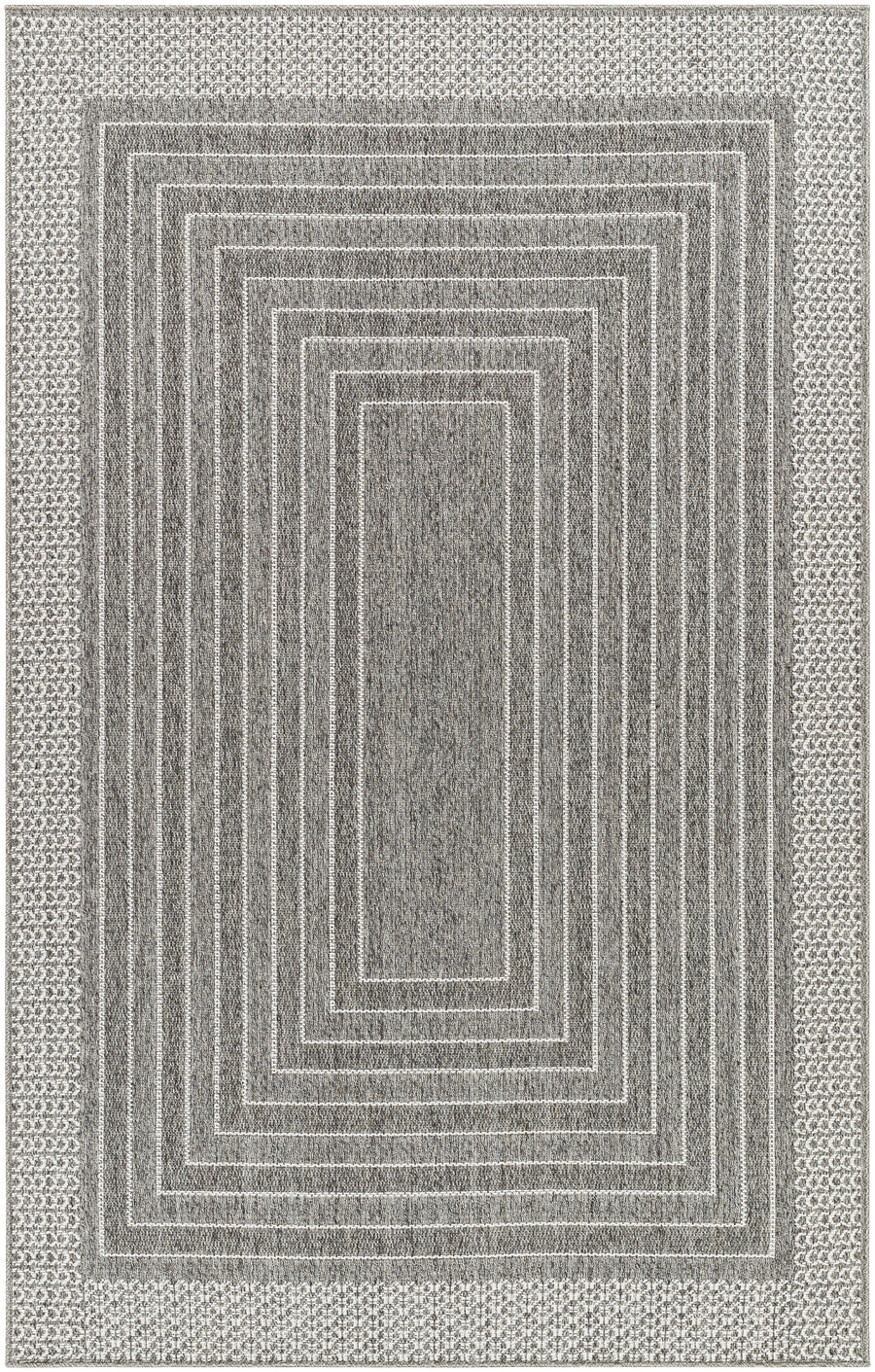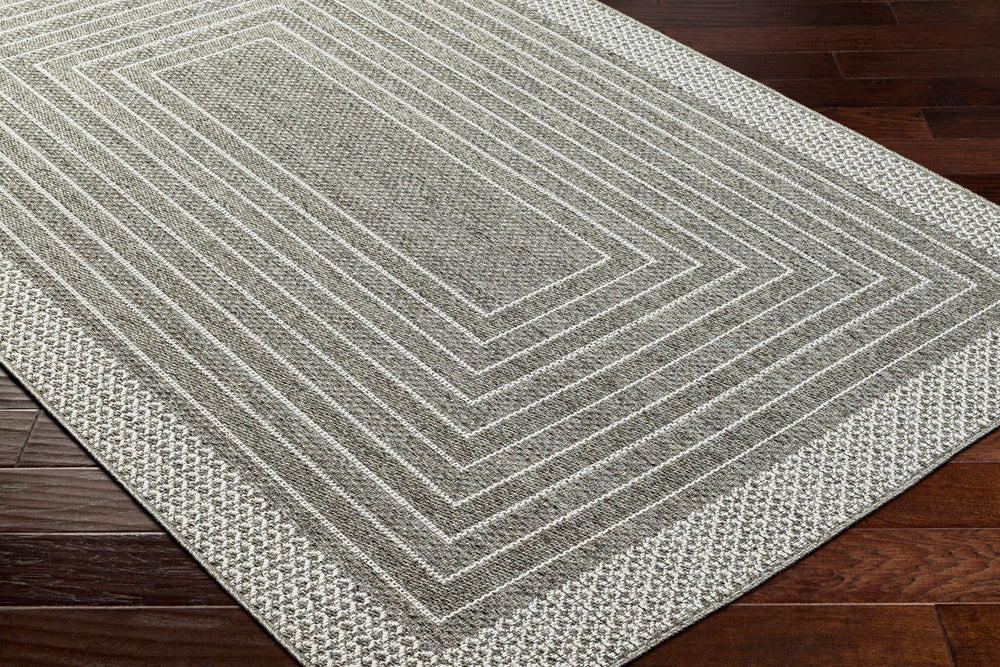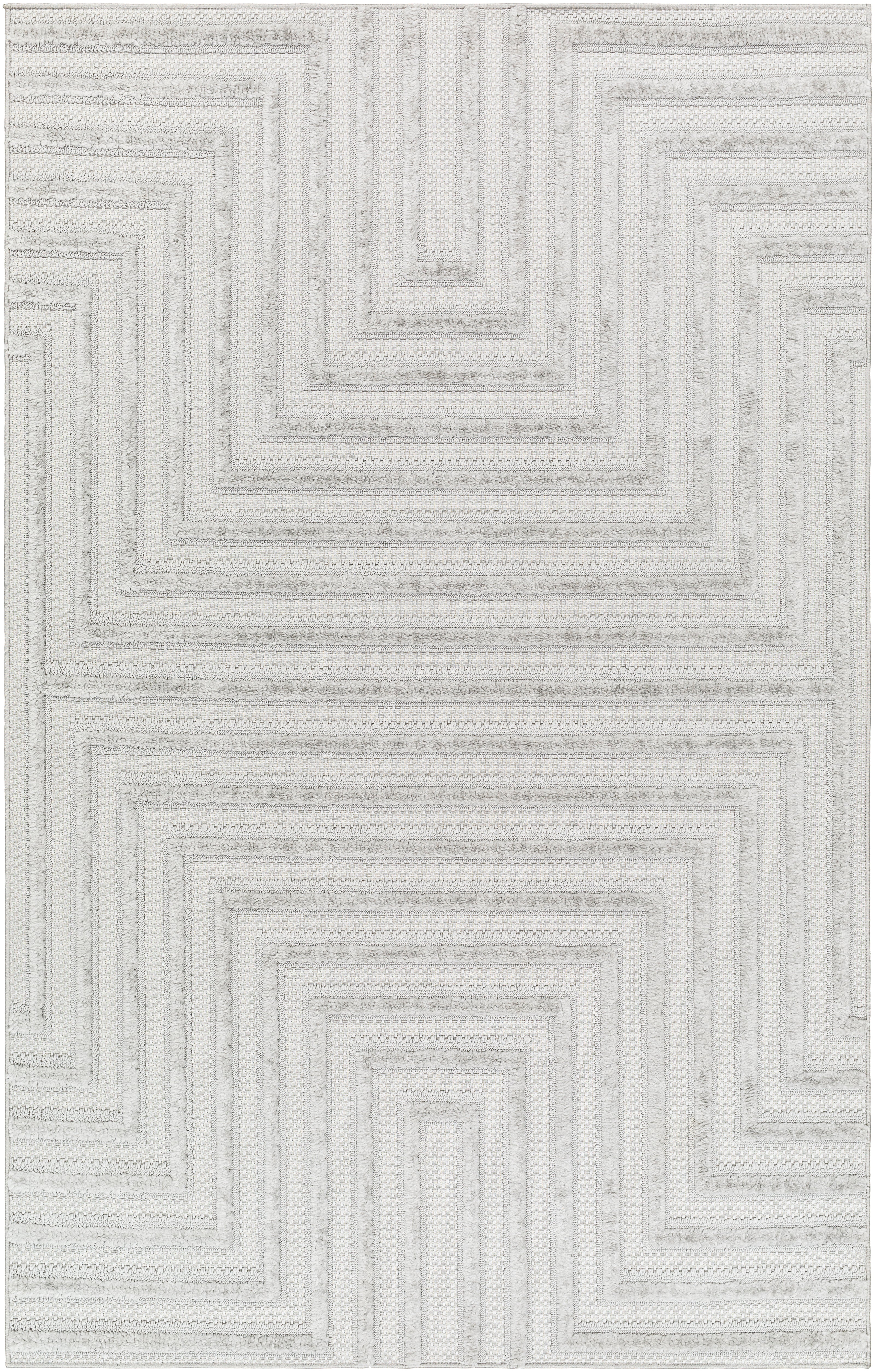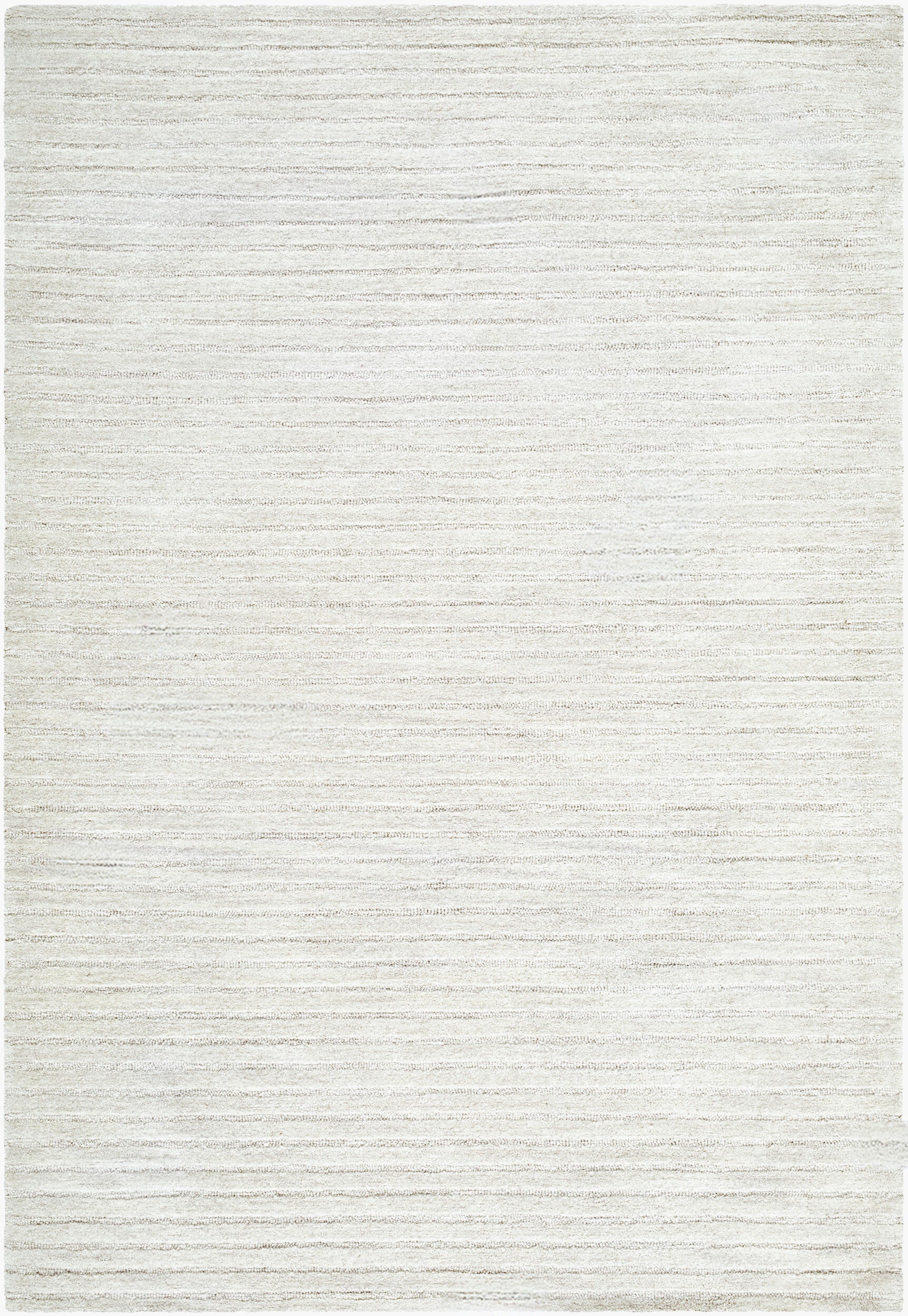How to Place Area Rugs Over Carpet: Expert Tips and Ideas
Think carpet means you can't use area rugs? Wrong.
Layering rugs over carpet is the easiest way to upgrade any space, no renovation required.
This simple trick creates stunning depth, defines distinct areas, and allows you to experiment with color and pattern without commitment.
When you want a change, just swap the rug to transform your room in minutes? Here's how to master the layered look that makes any space feel designer-worthy.
Photo By Kellar Design
Choosing the Right Rug for Your Carpet
Placing an area rug over carpet is totally fine. Designers do it all the time. The trick is picking rugs that don't match your carpet exactly.
Choose different textures, colors, or patterns so they work together instead of fighting each other.
Area rugs help split up big rooms into smaller zones. Put one under your dining table or in front of your couch to create separate spaces.
They also protect your carpet from getting worn out in busy areas. Plus, you can try bold colors without changing your whole carpet.
Do’s and Don’ts for Putting a Rug Over a Carpet
Putting a rug over a carpet works best on flat, low carpet in big rooms. Flat carpet keeps your rug from bunching up.
Neutral carpet colors work great because they don't clash with your new rug.
Don't try this with thick, fluffy carpet. Your rug will bunch up and look messy. Small rooms might feel too crowded with two rugs.
And if your carpet already has big patterns, adding another patterned rug will look too busy.
Room-Specific Ideas and Inspiration
Living Room Rug Over Carpet Ideas
To place an area rug over carpet in the living remember the basics. Your living room rug should be big enough to fit under your front furniture legs. This creates a pulled-together look that defines your seating area. For conversation areas, make sure everyone can put their feet on the rug when sitting.
Photo by Katie Cooley
Different room layouts need different approaches. In open floor plans, use rugs to separate your living area from dining space. For smaller living rooms, one large rug works better than multiple small ones. Traditional layouts work great with rectangular rugs, while modern spaces can handle round or unusual shapes.
Area Rug Over Carpet Bedroom
Place your bedroom rug under the bottom two-thirds of your bed. This gives you a soft landing when you get up and makes the room look balanced. You can also put smaller rugs on each side of the bed for a symmetrical look.
Photo by Ashton and Todd Lowe
Create cozy reading nooks by adding a small round rug under a chair in the corner. This makes any bedroom corner feel special and separate from the sleeping area. Different bed sizes need different rug sizes - king beds look best with 8x10 rugs, while queen beds work with 6x9 or 8x10.
Your rug moves because carpet fibers are slippery. Without a rug pad, there's nothing to grip between the two surfaces. High foot traffic, pets, and vacuum cleaning also cause rugs to shift around on the carpet.
Rug Over Carpet Nursery
Safety comes first in baby rooms. Choose rugs with non-slip backing and make sure edges lay completely flat.
Avoid thick, plush rugs that could be tripping hazards for new walkers.
Pick soft textures that are easy to clean. Babies make messes, so washable rugs or easy-to-spot-clean materials work best.
Neutral colors hide stains better than light colors, and simple patterns are less overwhelming for little ones.
Use these tips and apply them to other areas in your house
FAQ’s about using a rug over a carpet
Is putting a rug on the carpet okay?
Yes, it's completely fine to put a rug on carpet.
What kind of rug can you put on carpet?
Low-profile rugs work best on carpet. Choose flat-weave, low-pile, or medium-pile rugs that won't create too much height difference. Avoid thick, shaggy rugs that will bunch up and look messy.
What rugs look good on top of carpet?
Contrasting rugs look amazing on the carpet. If your carpet is neutral, try bold patterns or bright colors. If your carpet has texture, choose smooth rugs. Geometric patterns, stripes, and solid colors typically work well over most carpets.
How do you get a rug to sit on carpet?
Use a rug pad designed for carpet. These have different textures on each side - one grips your carpet, the other holds your rug. Make sure the pad is slightly smaller than your rug so it doesn't show around the edges.
How to attach a rug to carpet?
Rug pads are the best solution - no permanent attachment needed. For extra security, try carpet tape around the edges or use rug grippers in the corners. Avoid anything that might damage your carpet permanently.








Leave a comment